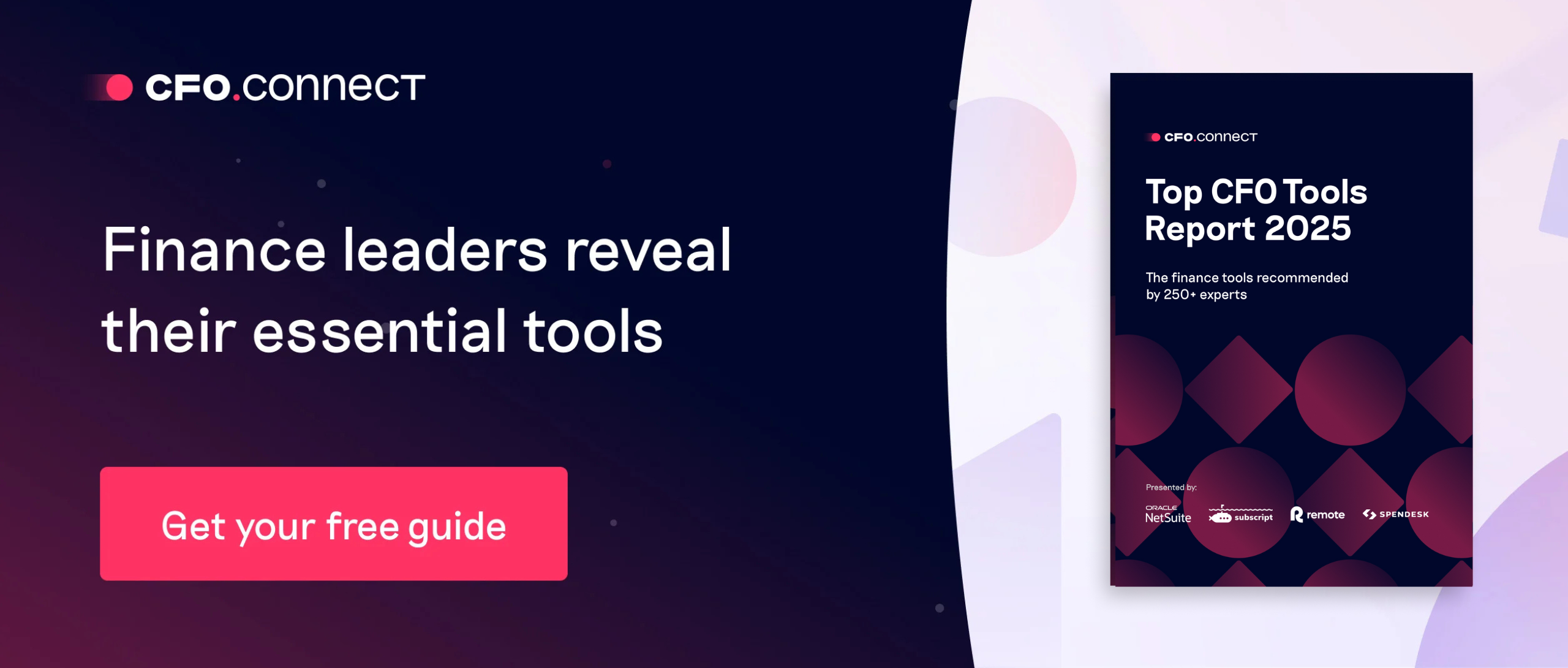)
Finance operations, or FinOps, consists of accounting, financial planning, and analysis of a company's financial health. It often involves the revenue cycle, billing, tax compliance, and regulatory requirements, among many other processes.
Finance operations play a key role in making strategic business decisions to drive growth.
But FinOps is often riddled with a lot of labour-intensive and repetitive tasks. If done manually, these processes require juggling between multiple data sources, are prone to errors, and can be time-consuming.
That's why you need a comprehensive, high-functioning FinOps tech stack. In this article, we'll examine what to look for as you build your finance toolkit.
The evolution of company FinOps
In the early growth stages, you may rely on spreadsheets for your day-to-day FinOps. But as you scale and your finance workflows grow more complex, involving multiple functions, you'll soon be drowning in countles spreadsheets that are both time-consuming and error-prone.
Relying only on spreadsheets as you scale ultimately leads to misalignment and missed insights.
Finance operations in the subscription business model play a critical role in plugging all the revenue leaks in the revenue cycle. In a rapidly scaling SaaS business, there are several complex FinOps workflows. Take processing refunds or reverse taxes, for example. Don't forget reconciliation and revenue recognition for the recurring revenue model.
Traditional finance operations are just not cut out for that.
Signs you need to upgrade your FinOps tech stack
Here are some of the telltale signs that your FinOps workflows are starting to develop cracks and inefficiencies:
Your current systems are hard to use and difficult to change.
You spend a too much time reconciling asynchronous data in multiple spreadsheets.
It takes too long to collect and manage data for essential processes like budgeting and forecasting, and the data is full of errors.
Reporting and analytics are painful, repetitive, and multi-day processes. You spend too much time correcting and reproducing reports.
If you identify with one or more of these telltale signs, then it's time you start rethinking your FinOps tech stack.
Things to consider when choosing FinOps tools
Your FinOps tech stack should enable you to scale as you experiment and implement process changes across functions.
Here are the key considerations when choosing your FinOps tech stack:
Automation
Depending on your specific workflows, you can decide what to automate and what not to, but the automation should save time and let you focus on strategic decision-making. Automation also goes a long way toward eliminating inconsistencies and plugging revenue leaks.
Integrations
Finance teams have to extract data from multiple systems across functions, such as billing software, HRIS, spend management tools, and more.
Integrations play a vital role in seamlessly collecting this information without creating new workflows each time or breaking existing workflows.
Compliance
As a scaling business, you want to explore opportunities across the globe. Your FinOps tech stack should enable you to do so without worrying about regulatory requirements like tax and payment compliance.
Strategic alignment
Every business has goals and strategic initiatives to achieve those goals. The tech stack you choose should align with your strategic vision.
Think long-term and choose a tech stack that will scale with your organisation's growth.
How to make your FinOps a well-oiled machine
So, what should an ideal FinOps tech stack look like? Considering that FinOps teams work with multiple functions, the tech stack should consist of the following:
Accounting software
Accounting automation software forms a central part of the tech stack — it tracks financial transactions and the business's general ledger.
ERP accounting systems help connect information from all functions and processes. They enable you to make timely and data-driven decisions. Xero, QuickBooks and NetSuite are some well-known examples.
Accounts receivable/payable management
Processing invoices is a time-consuming activity. AR/AP management software can manage complex workflows such as refunds and one-time add-ons. These tools save time by reconciling a large volume of invoices.
AR/AP management software can also identify at-risk customers by assessing their credit so that you can reassess your collection efforts and optimise your cash flow.
Tax software
Tax software determines taxes and helps with compliance, reporting, and tax data management. These systems are often supported by integrations with systems across functions to become the single source of truth for all things tax. As you expand into new business territories globally, tax software should also support different countries' and regions' tax compliance requirements.
Having robust tax software in place will help you breeze through audits and regulatory requirements.
Spend management
Spend management software like Spendesk streamlines vendor and employee spend requests and approval processes. It helps you get visibility into spending across functions and effectively reduces unnecessary spending.
Payroll management
Payroll management software organises all the tasks related to employee payroll and tax filing. It's often integrated with the Human Resources Information System (HRIS). It automates all the micro-administrative functions involved in payroll processing and makes the process error-free.
Billing management and analytics
Billing management systems manage all the billing operations for your organisation. For subscription businesses, billing management systems like Chargebee automate the recurring billing engine and tackle all the complex scenarios, such as prorations, payment terms, and dunning management. A robust billing system becomes a liaison between GTM functions and FinOps to plug any revenue leaks in your revenue cycle.
Billing analytics help you monitor the performance of your business with relevant metrics. They help surface trends and red flags that all functions should be aware of to ensure smooth sailing for your business.
Final thoughts
Finance operations play a critical role in your revenue engine. It's time they moved out of spreadsheets. Armed with a complete tech stack, finance operations will enable your business to scale to new heights.
)

)
)
)
)
)
)